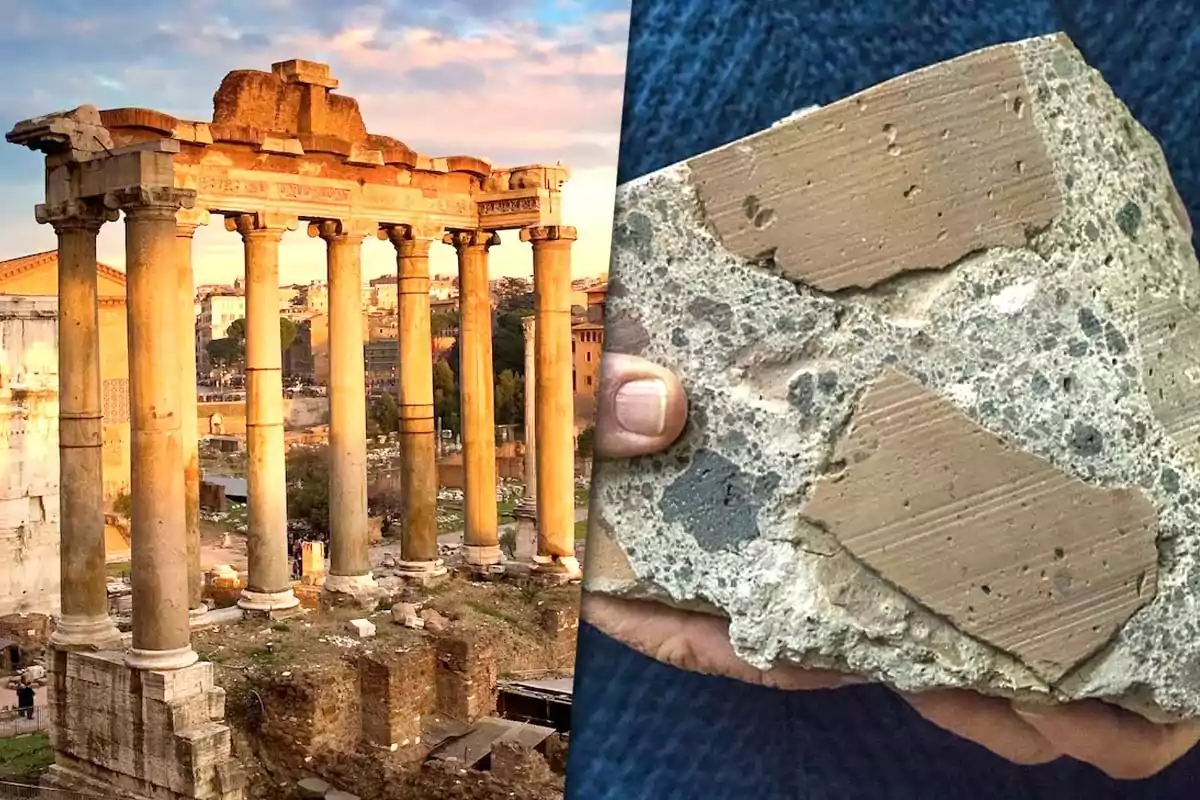
MIT reveals why Roman concrete remains intact after centuries
An ancient mixture with lime and volcanic ash revealed its secret: it repairs itself and lasts for centuries without breaking
Roman concrete continues to amaze with its durability and ability to self-heal over time.
A MIT study revealed the composition and technique that made it possible for many structures to remain standing after centuries of wear.
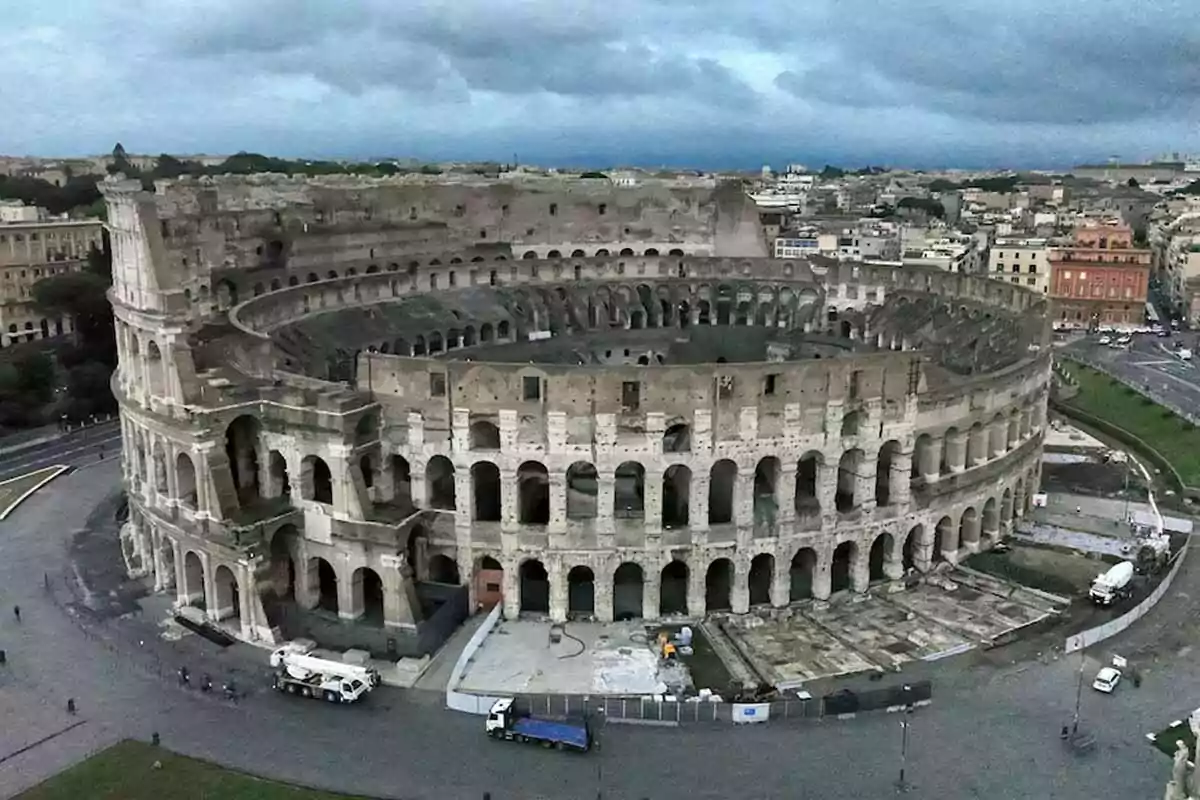
What makes Roman concrete so resilient?
The key lies in the combination of pozzolana (volcanic ash), lime, and water. This type of mixture caused a chemical reaction that produced an extremely durable material.
The ash came from the Pozzuoli area, near Naples, and its use allowed the concrete to harden even underwater, which was crucial for ports and aqueducts.
The "hot mixing" technique
The Romans not only chose good materials, they also applied a revolutionary technique for the time: they mixed quicklime with pozzolana and water at high temperatures.
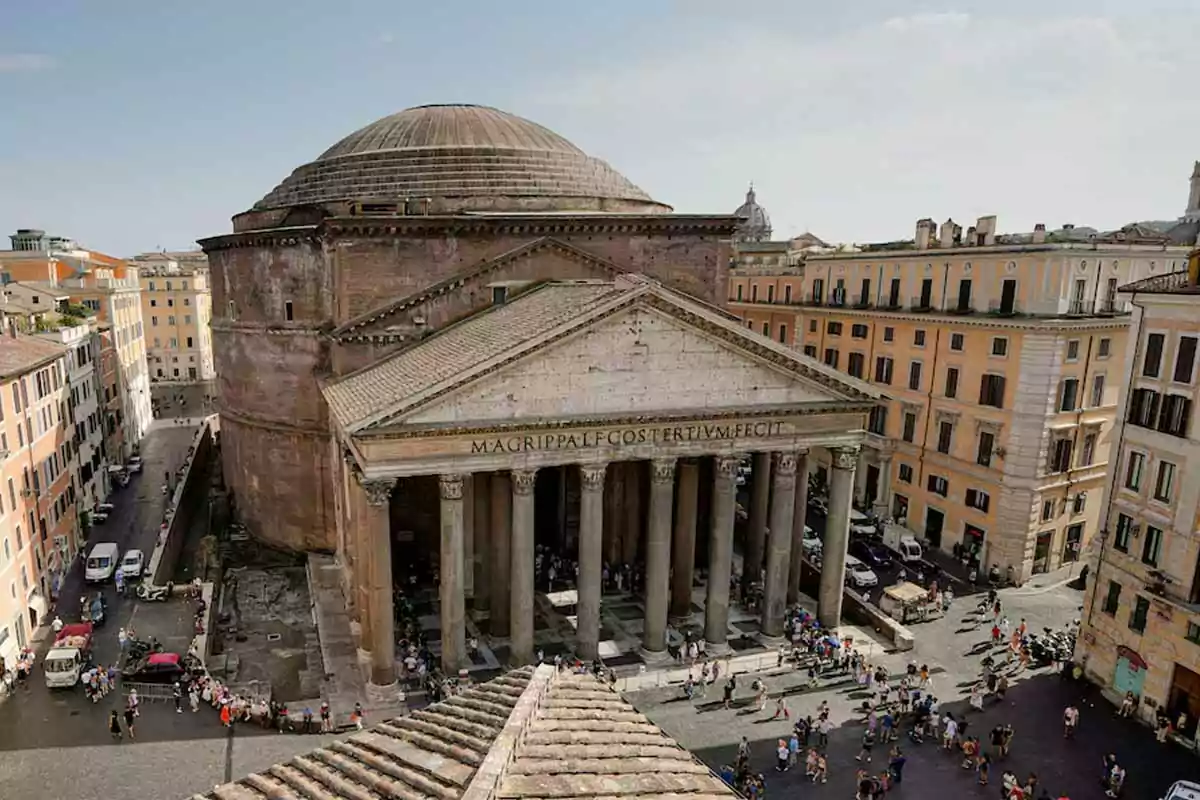
This method, in addition to accelerating the setting, caused lime clasts, small white particles that proved to be key in the self-healing process.
What did MIT discover about this ancient mixture?
Using electron microscopy and X-ray spectroscopy, researchers from the Massachusetts Institute of Technology analyzed fragments over 2,000 years old.
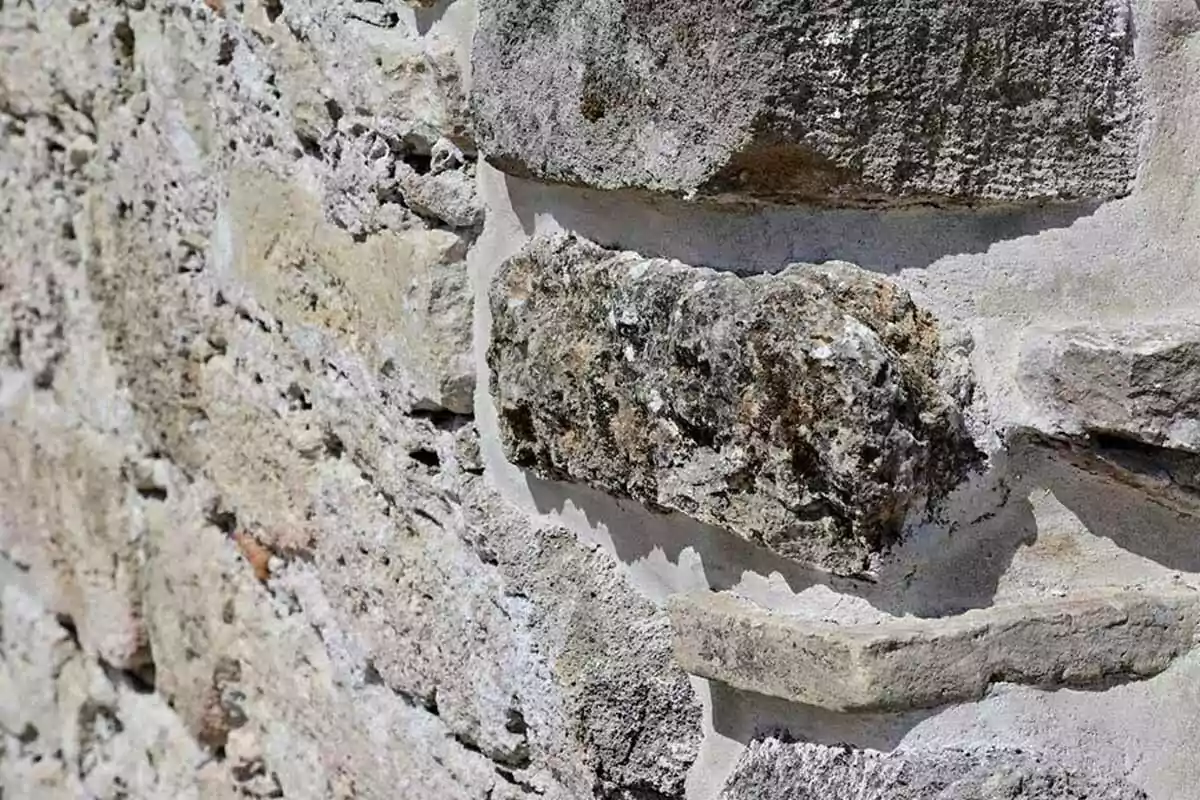
They discovered that the lime clasts were not a mistake, but an intentional component that activated an internal repair mechanism when cracks formed.
How does that repair mechanism work?
When a fissure appeared, water came into contact with these clasts. Then calcium carbonate was caused, which naturally filled the crack.
It was as if the concrete had small "reserves" that activated upon detecting damage. This process allowed it to self-heal without external intervention.
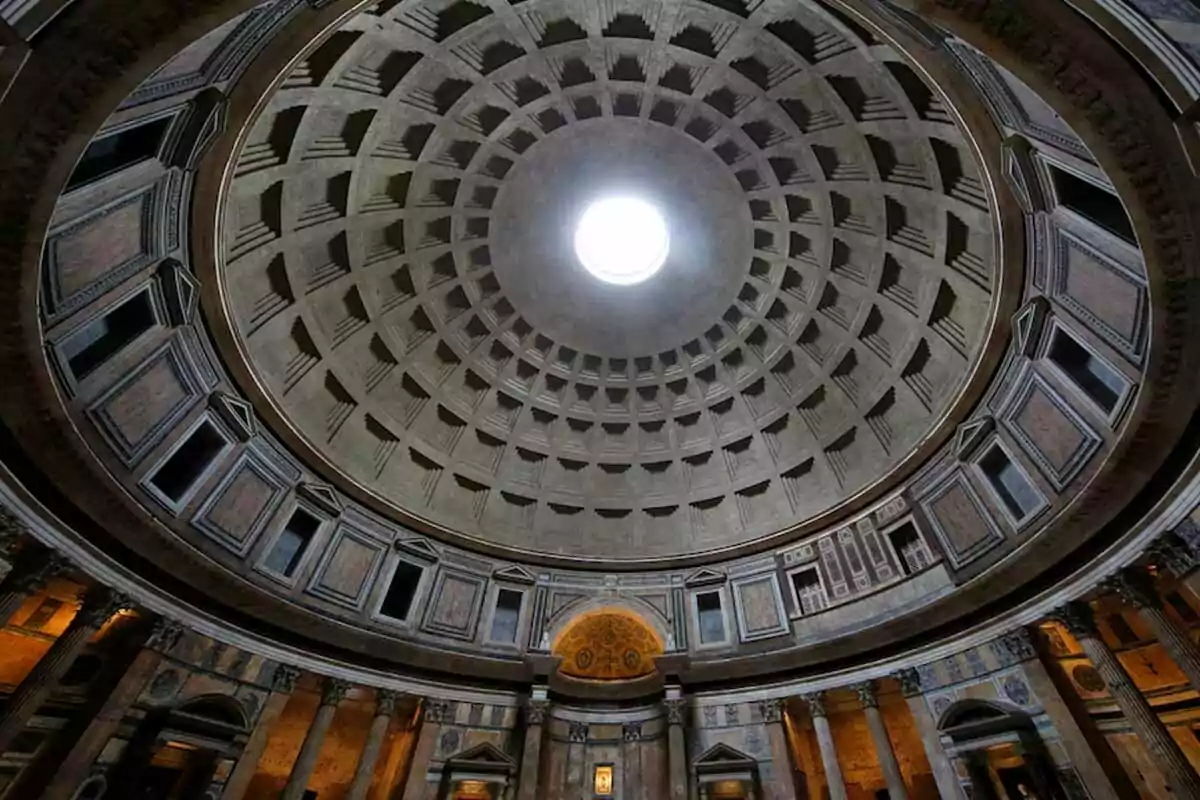
What differences are there with modern cement?
Portland cement, widely used today, has a limited lifespan: between 75 and 100 years. Meanwhile, the Roman version has been enduring for over two millennia.
Additionally, modern concrete doesn't have self-healing properties. This results in high maintenance costs and a greater environmental impact.
More posts: